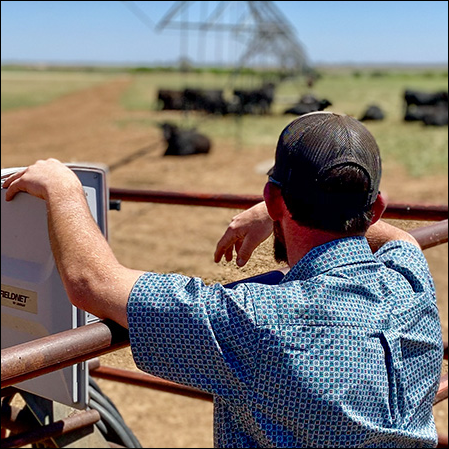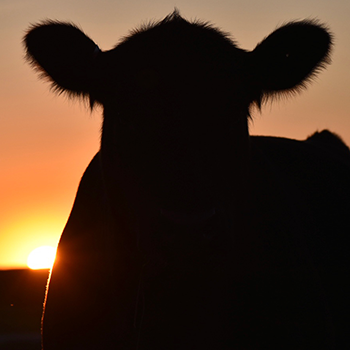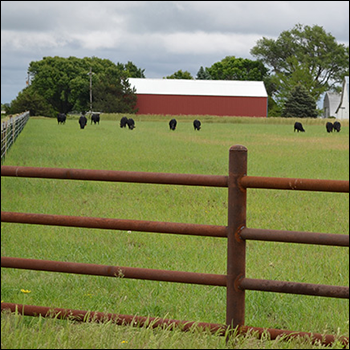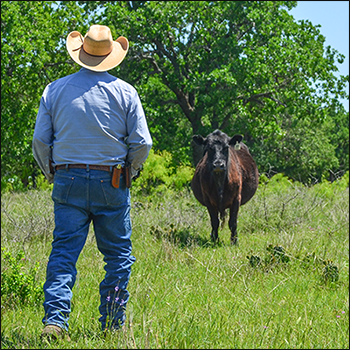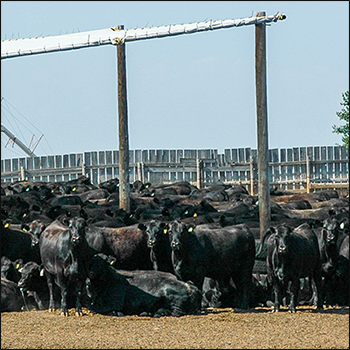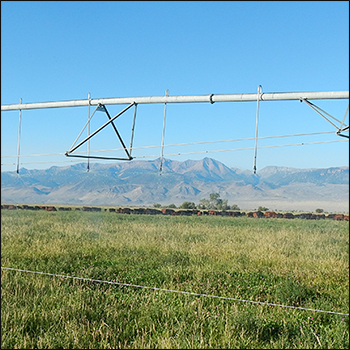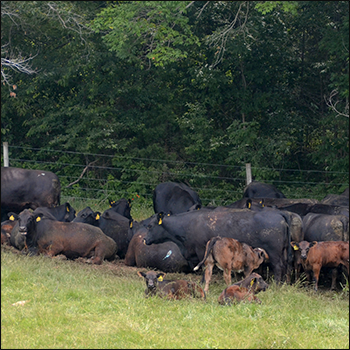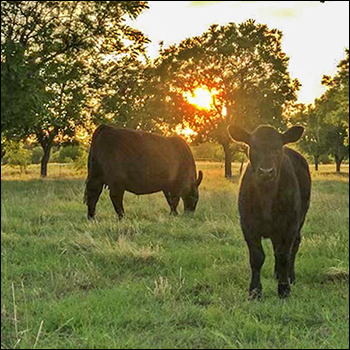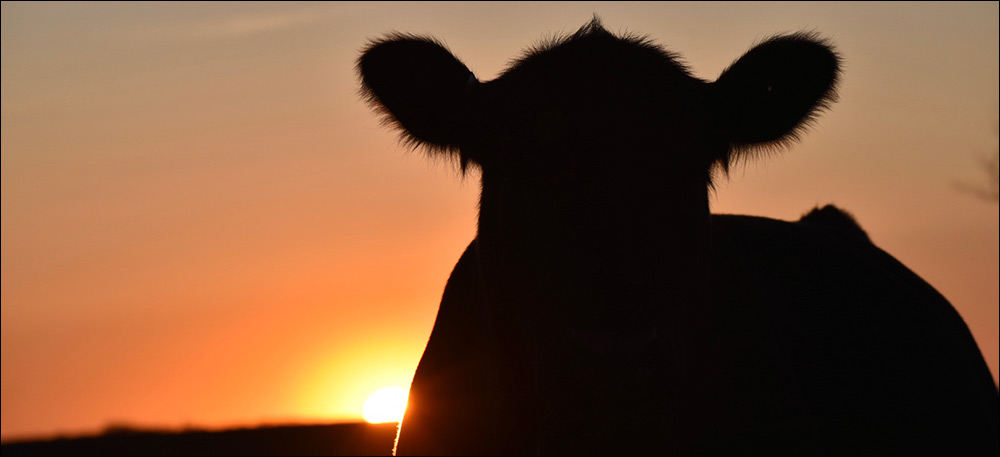
Balancing Cow Nutrition, Performance
As the cow has evolved, so have her nutrient requirements.
With time, change occurs and advancements in the beef industry are made. Since the 1970s, carcass weights have increased on average 6 pounds (lb.) per year, 80% of cattle are grading Choice or higher, and the environmental footprint of beef production has been reduced — all with the goal of meeting consumer demand and increasing the value of beef.
Today cow performance and efficiency are higher than ever, and there are certain factors required to reach optimum production, said Wesley Moore, technical specialist at Cargill Animal Nutrition. Moore said the correct balance between cow nutrition and performance levels affects nutrient demands, during the Cargill Animal Nutrition-sponsored Angus University Webinar, “Evolution of the Cow, Evolution of Nutrition.”
The cow has changed drastically since the 1950s, but Moore posed the question: “Are cows consuming the nutritional requirements needed to reach optimum performance?”
These nutritional developments haven’t occurred by chance, as they have been the result of both genetic and mating decisions. Changing consumer needs have resulted in producers applying selection pressure in the areas of carcass weight, marbling and milk. Due to these pressures, cows have different nutrient requirements compared to cows 30 years ago.
“What does that mean? From a nutrient standpoint that means our cow needs more groceries to perform at a higher level,” Moore said. “If we have selected for milk, and on average I believe we have, we increase demands for energy not only during lactation but specifically outside of lactation for maintenance of organ tissue.”
The nutrition program at any operation should reflect the producer’s specific selection pressures. When developing a nutrition program, Moore said the three factors producers need to grasp are:
- know your cow;
- know your environment; and
- know your situation.
He added, as cow requirements change based on performance, their nutritional needs change.
“With a bigger and more productive cow comes more cost, and if we are not gaining more revenue, we really need to change our business model,” he said. “Nutrition should not be a cost; rather, it should be an investment.”
It is important producers select females and make mating decisions that both fit and perform specific to their environment while still using the resources they have available to reach optimum performance. Chances are the grass base a herd has grazed since the inception of an operation has not changed.
Moore asked, “What are you doing different to fit those cows’ growing needs?”
“We can’t decide where we are going if we don’t know where we’ve been,” Moore said.
As the cow continues to evolve, the challenge remains that nutrition programs evolve, as well. For more information or to watch the Cargill-sponsored Angus University Webinar, “Evolution of the Cow, Evolution of Nutrition,” visit https://www.youtube.com/watch?v=IUkPeNfN-wU&t=2s.
Editor’s note: Karen Hiltbrand is a communications specialist with the Angus Communications Department. Photo by Reese Anderson, 2020 NJAA/Angus Journal Photo Contest.

